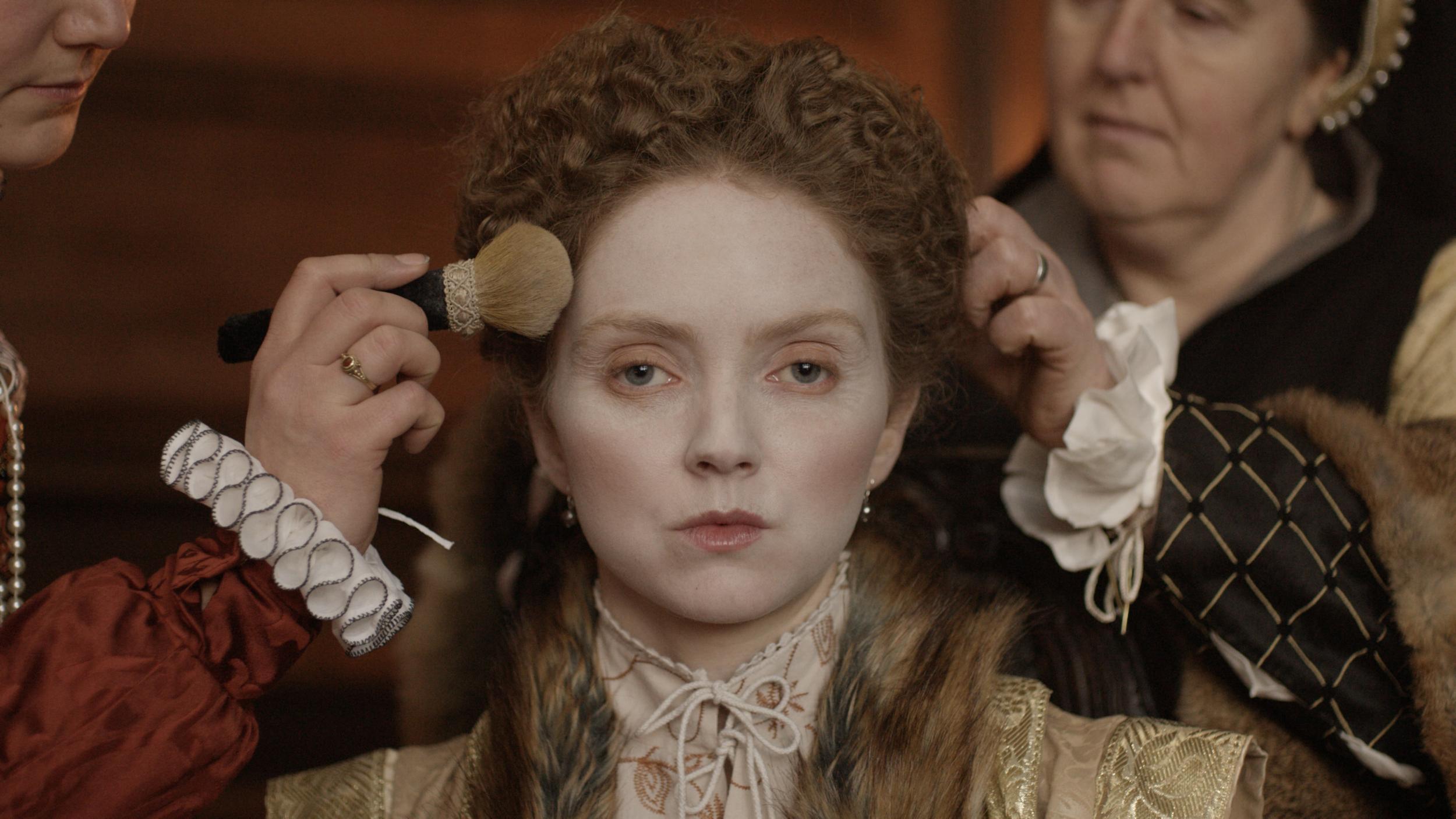Last night's TV review: Elizabeth I: Battle for the Throne (Channel 5); A1: Britain's Longest Road (BBC1)
An iconic story?

Your support helps us to tell the story
From reproductive rights to climate change to Big Tech, The Independent is on the ground when the story is developing. Whether it's investigating the financials of Elon Musk's pro-Trump PAC or producing our latest documentary, 'The A Word', which shines a light on the American women fighting for reproductive rights, we know how important it is to parse out the facts from the messaging.
At such a critical moment in US history, we need reporters on the ground. Your donation allows us to keep sending journalists to speak to both sides of the story.
The Independent is trusted by Americans across the entire political spectrum. And unlike many other quality news outlets, we choose not to lock Americans out of our reporting and analysis with paywalls. We believe quality journalism should be available to everyone, paid for by those who can afford it.
Your support makes all the difference.Wobbling a bit between drama and schoolbook history, Channel 5’s Elizabeth I: Battle for the Throne, the first of three episodes on Queen Bess’s life and times, was actually pretty good.
The dialogue was, to put it kindly, at times a touch inauthentic – what other verdict can one pass on lines such as “Know your place, man!” or “the Spanish fleet has to be thrashed”? Yet the history, courtly and intimate as it was, was quite clearly explained, and the cast, dominated by Lily Cole, made the very best of it. I liked especially the increasingly political young Elizabeth’s smart line of spin whenever some non-committal, and life-saving, bit of hedging was required: “When the time comes, I will do as God directs me to.” Perhaps the imperious Theresa May could give that one an outing next time she goes on Marr.
The photography was suitably dark, dark as the story itself. Yes, Elizabeth had a series of near-lethal scraps on her hands for her throne. She really was very lucky to escape execution for treason against her half-sister Queen Mary, and the future Virgin Queen’s skin was saved by the resistance of a single nobleman to the Privy Council’s right honourable love of torture.
The 15-year-old Princess Elizabeth was also “groomed”, to use our contemporary phrase, by a creepy stepdad, a chap named Seymour, who married Henry VIII’s last widow, Catherine, just so that he could seduce Elizabeth, his perviness matched only by his greed and stupidity. Not so Elizabeth’s half-brother-in-law Philip of Spain, who, extraordinary to imagine, wasn't that far from uniting the English and Spanish empires when he married Queen Mary I of England, an early, though doomed, experiment in getting the English to join in a European union. Well, maybe: Philip wasn’t quite influential or ruthless enough to be able to get rid of Elizabeth.
The drama of the Elizabethan story, even this one where the geopolitics weren’t permitted to intrude on the bedchamber romps for long, is so compelling that it is bound to enthral. The pop-up historians, Suzannah Lipscomb and Dan Jones, had an engagingly modern and chatty style (“Henry VIII was never going to win any dad of the year competitions”), and Chris Holt’s direction was pretty accomplished. Most important of all, unlike so many recent lavish BBC period dramas, at least you could actually hear what on earth everyone was saying. Even after 400 years.
Which is Britain’s most iconic road? A daft question, obviously, and one that takes that special word “iconic” in vain, “iconic” having lost any vestige of prestige it may once have enjoyed. Anyway, broadcasters keep making the absurd claim, seemingly with no sense of self-consciousness. ITV claimed it a few months ago for their series on the M25 (Britain Busiest Motorway); BBC2 did the same for the M6; and now, somewhat overexcitedly, BBC1 has lost control of the vehicle with A1: Britain’s Longest Road.
Britain’s longest bore, more like. At least the shows about the M25 had a memorable sequence that showed just what lorry drivers can do to a lay-by when they feel like dumping their own loads. The A1, not even its motorised section, the A1(M), had anything to match that, and the bulk of the footage was as slow moving as the traffic rubber-necking round a rear-ended Toyota Prius.
It took an eternity for a 55ft-long mobile home to make its uneventful way up the A1 from Northamptonshire to the Northumbria coast. Not even the greatest film director, not the Spielberg of Duel say, or Peter Yates, celebrated for the (iconic?) chase scenes in Bullitt, could inject any sense of drama into the scenes of a static “dream home” being manoeuvred by two Land Rovers into its final resting place on a caravan park. On the plus side, I did enjoy seeing a Citroen C2 going up in flames (who wouldn’t?), but on the whole I didn’t feel that thrilled to be taken right up the A1 by a bunch of strangers.
Join our commenting forum
Join thought-provoking conversations, follow other Independent readers and see their replies
Comments